This article was co-authored by Peter D'Aquino, L.Ac, MS, NCCAOM and by wikiHow staff writer, Glenn Carreau. Peter D'Aquino is an Acupuncturist and Diplomate in Oriental Medicine based in New York City. Peter is licensed to practice in New York State and holds board certification by the National Certification Commission for Acupuncture (NCCAOM) and Oriental Medicine in acupuncture and Chinese herbal medicine. He has 10 years of experience practicing holistic pain management and sports medicine. He specializes in treating pain and orthopedic conditions along with rehab, fitness, weight loss, and digestive issues. He is also certified as a Personal Trainer by The National Academy of Sports Medicine (NASM) and certified in Functional Range Conditioning (FRC) and Functional Range Release (FRR) movement therapy. He holds an MA in Acupuncture and Herbal Medicine from Pacific College of Oriental Medicine in New York (PCOM).
There are 13 references cited in this article, which can be found at the bottom of the page.
This article has been viewed 208,474 times.
If you’re dealing with back pain, especially from a herniated disc or sciatica, doing acupressure can help. Acupressure is simply the process of stimulating specific points of your body that trigger the release of pain-relieving chemicals and relax your muscles. Not only is it easy to do, but you can perform it yourself in the comfort of your home! Read on for a full list of acupressure points that can relieve back pain fast.[1]
Steps
Expert Q&A
Did you know you can get expert answers for this article?
Unlock expert answers by supporting wikiHow
-
QuestionWhat are the top acupressure points to target for relieving back pain?
 Peter D'Aquino, L.Ac, MS, NCCAOMPeter D'Aquino is an Acupuncturist and Diplomate in Oriental Medicine based in New York City. Peter is licensed to practice in New York State and holds board certification by the National Certification Commission for Acupuncture (NCCAOM) and Oriental Medicine in acupuncture and Chinese herbal medicine. He has 10 years of experience practicing holistic pain management and sports medicine. He specializes in treating pain and orthopedic conditions along with rehab, fitness, weight loss, and digestive issues. He is also certified as a Personal Trainer by The National Academy of Sports Medicine (NASM) and certified in Functional Range Conditioning (FRC) and Functional Range Release (FRR) movement therapy. He holds an MA in Acupuncture and Herbal Medicine from Pacific College of Oriental Medicine in New York (PCOM).
Peter D'Aquino, L.Ac, MS, NCCAOMPeter D'Aquino is an Acupuncturist and Diplomate in Oriental Medicine based in New York City. Peter is licensed to practice in New York State and holds board certification by the National Certification Commission for Acupuncture (NCCAOM) and Oriental Medicine in acupuncture and Chinese herbal medicine. He has 10 years of experience practicing holistic pain management and sports medicine. He specializes in treating pain and orthopedic conditions along with rehab, fitness, weight loss, and digestive issues. He is also certified as a Personal Trainer by The National Academy of Sports Medicine (NASM) and certified in Functional Range Conditioning (FRC) and Functional Range Release (FRR) movement therapy. He holds an MA in Acupuncture and Herbal Medicine from Pacific College of Oriental Medicine in New York (PCOM).
Licensed Acupuncturist
Warnings
- Don’t use acupressure on open wounds or swollen and inflamed areas (meaning they’re red or warm to the touch). Avoid areas with scar tissue, boils, blisters, or rashes.⧼thumbs_response⧽
References
- ↑ https://www.rogelcancercenter.org/support/symptoms-and-side-effects/alternative-medicine/acupressure
- ↑ https://chiro.org/acupuncture/ABSTRACTS/Acupuncture_Points.pdf
- ↑ https://youtu.be/2c4uwrosZdw?t=23
- ↑ https://apps.who.int/iris/handle/10665/353407
- ↑ https://www.healthcmi.com/Acupuncture-Continuing-Education-News/740-constipationstcv
- ↑ https://youtu.be/3zhv6QWlxjs?t=13
- ↑ https://www.orthopraxis.at/wp-content/uploads/2018/04/triggerpoints_melzack.pdf
- ↑ https://acupoints.org/bl48-acupuncture-point/
- ↑ Peter D'Aquino, L.Ac, MS, NCCAOM. Licensed Acupuncturist. Expert Interview. 14 April 2020.
About This Article
To use acupressure for back pain, locate the following areas on both sides of the spine: the paraspinal muscles just above your hip bones, the hip pressure points a few inches lateral to the tail bone and over the dimples above the butt muscles, and then the buttocks. For each region, press down and inwardly with your thumbs toward the muscles’ center, hold firmly for a couple of minutes, and then release gradually. Finally, apply ice wrapped in a thin towel to the thicker back and hip muscles for 15 minutes. To learn about more accessible acupressure points on the arms and legs, read on!
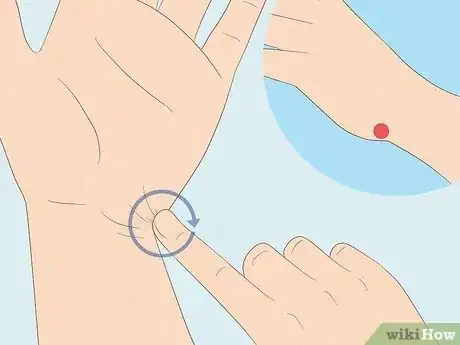
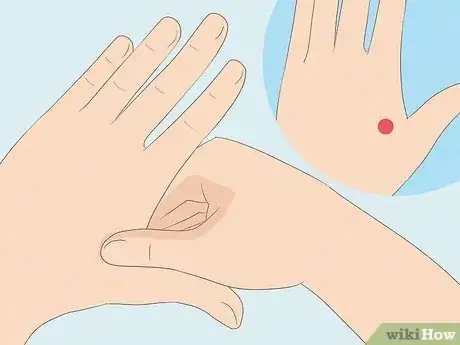

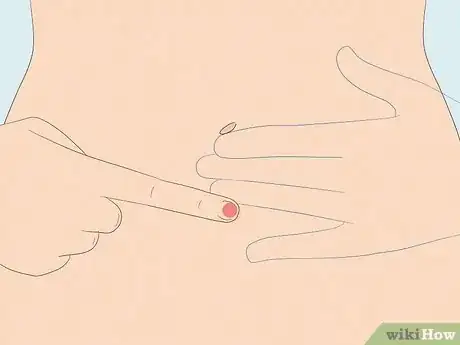

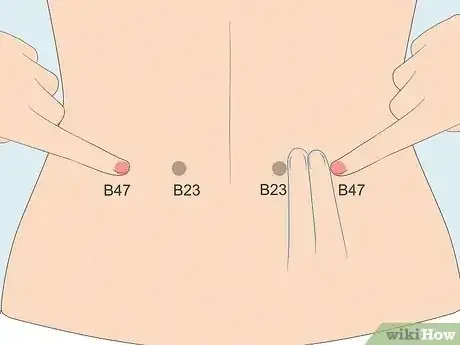
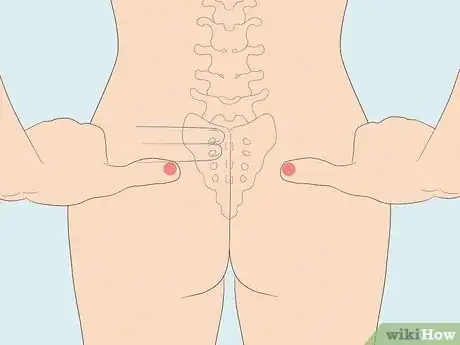

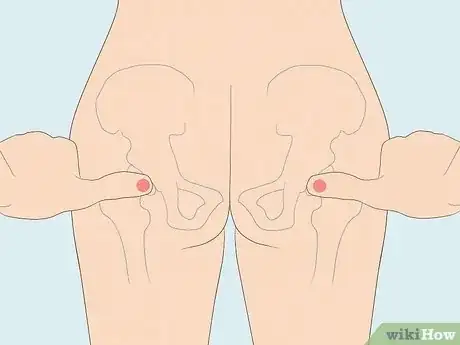
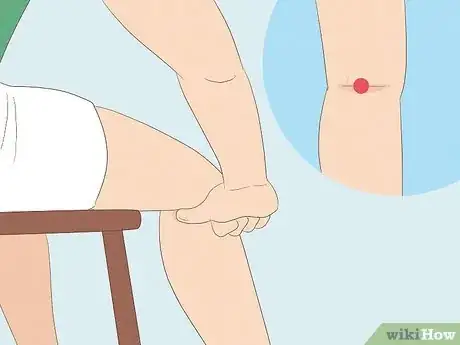
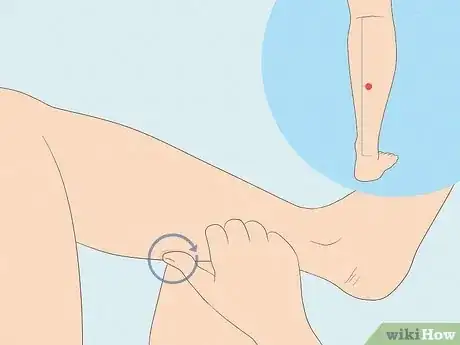


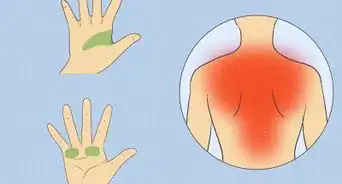
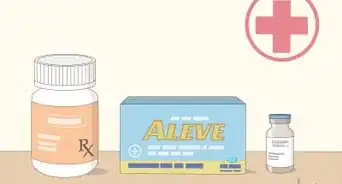
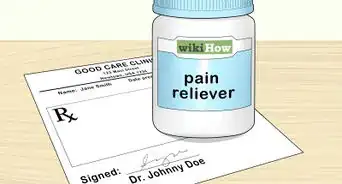
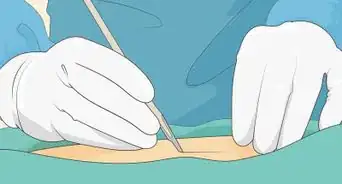
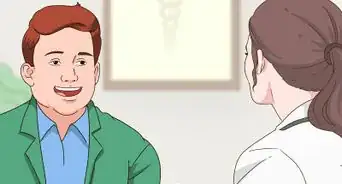
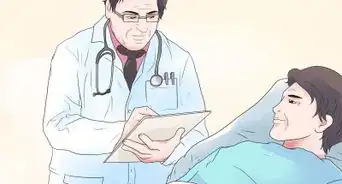
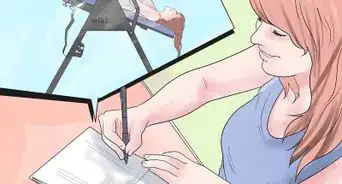
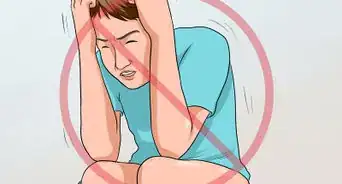

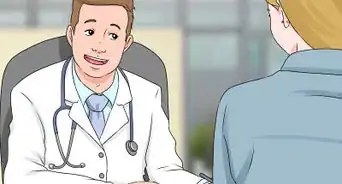
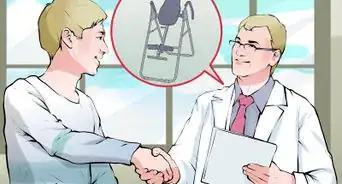
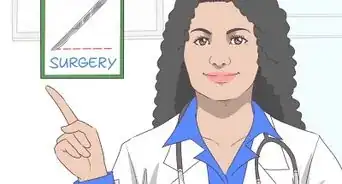









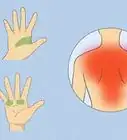
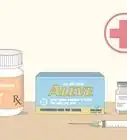




































Medical Disclaimer
The content of this article is not intended to be a substitute for professional medical advice, examination, diagnosis, or treatment. You should always contact your doctor or other qualified healthcare professional before starting, changing, or stopping any kind of health treatment.
Read More...